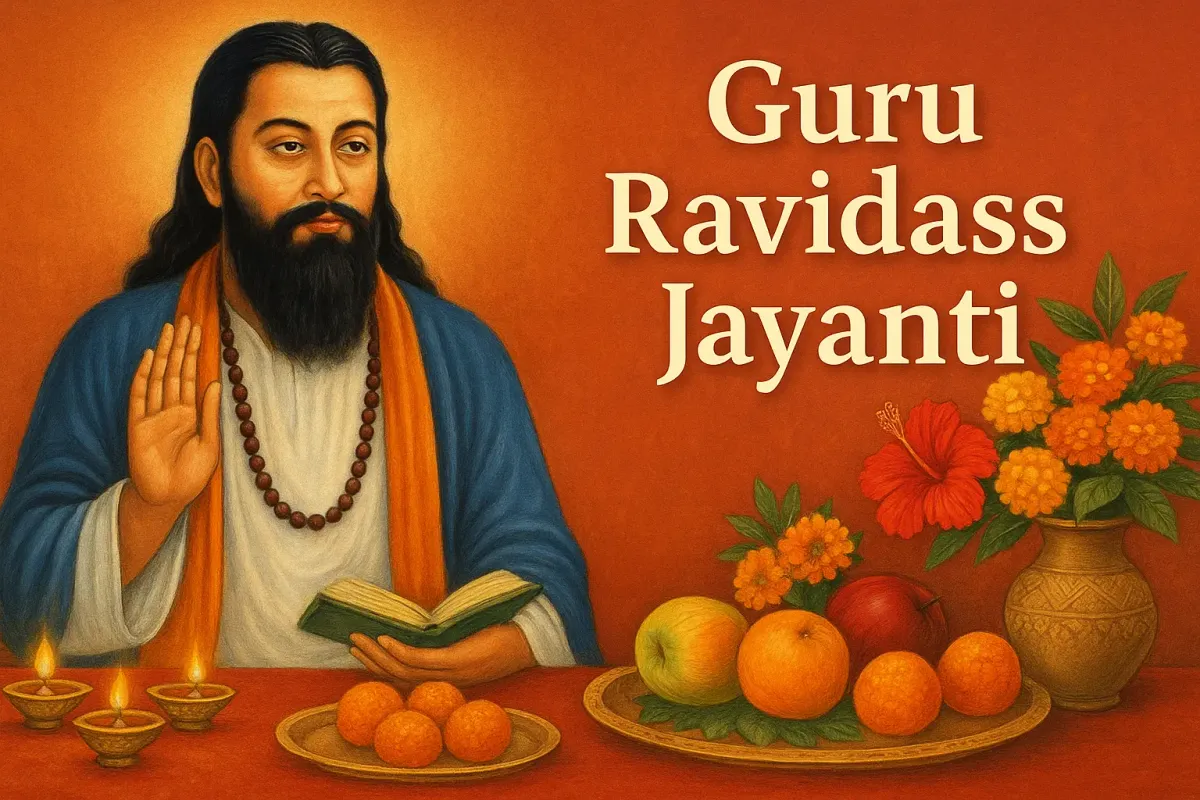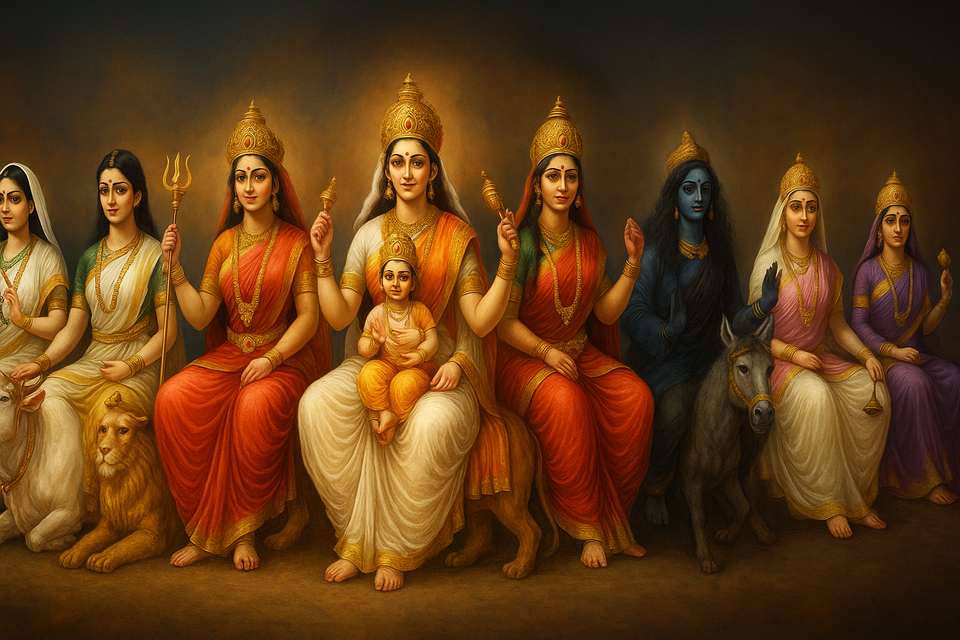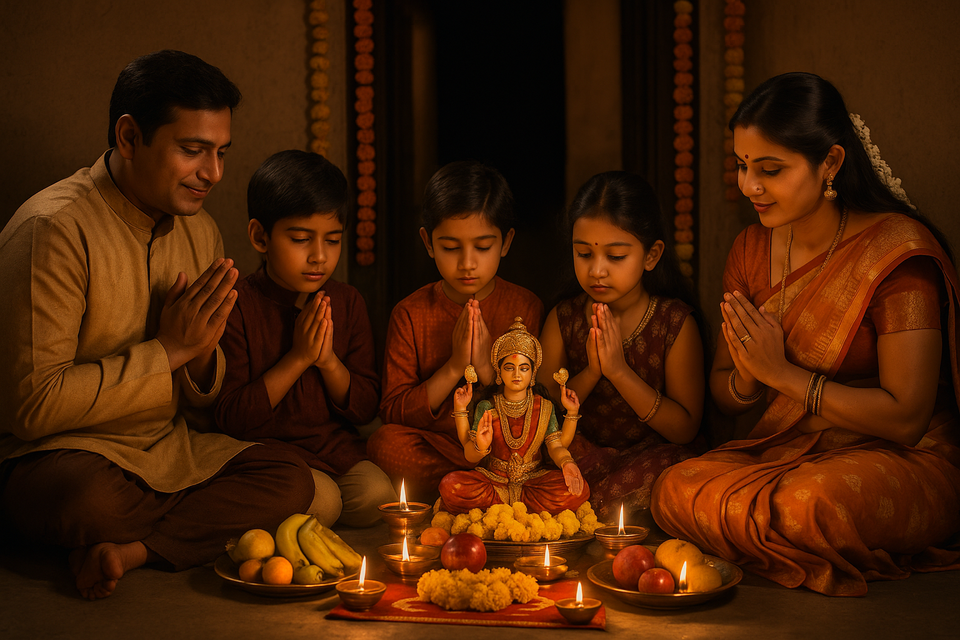Guru Ravidass Jayanti: Celebrating Equality and Spiritual Wisdom 🌟
Celebrate Guru Ravidass Jayanti, honoring the saint of equality and devotion! Learn its history, rituals, and modern relevance. Join vibrant festivities in India and embrace Guru Ravidass’s vision of unity. 🎉

Guru Ravidass Jayanti, a revered festival in India, celebrates the birth anniversary of Guru Ravidass, a 15th-century saint, poet, and social reformer whose teachings championed equality, devotion, and social justice. Observed on Magh Purnima, the full moon day in the Hindu month of Magh, Guru Ravidass Jayanti is a vibrant occasion, especially among the Ravidassia community, Sikhs, and devotees across North India. With rituals like Nagar Kirtans, prayers, and community feasts (langars), Guru Ravidass Jayanti inspires millions to embrace unity and compassion. This 2000+ word guide explores the history, significance, rituals, celebrations, and modern relevance of Guru Ravidass Jayanti, offering a comprehensive, SEO-optimized, and user-friendly resource.
For a deeper understanding of India’s rich festival traditions, explore Ancient Festivals of India.
Historical Background of Guru Ravidass Jayanti 📜
Guru Ravidass Jayanti commemorates the birth of Guru Ravidass, believed to have been born in 1377 CE in Seer Goverdhanpur, near Varanasi, Uttar Pradesh. Born into a marginalized Chamar (leather-working) community, considered “untouchable” in the rigid caste system of medieval India, Guru Ravidass rose above societal barriers to become a pivotal figure in the Bhakti movement. His teachings, emphasizing equality and devotion to a formless God, challenged the oppressive caste hierarchy and inspired social reform.
Historical records about Guru Ravidass’s life are limited, but texts like Anantadas Parcai and Bhaktamal provide insights into his biography. He is said to have been a contemporary of Saint Kabir, with whom he shared philosophical discussions, and a spiritual guide to Meera Bai, the renowned poetess and devotee of Lord Krishna. His 41 devotional hymns, included in the Sikh scripture Guru Granth Sahib, highlight his spiritual depth and universal appeal. Scholars suggest Guru Ravidass may have met Guru Nanak, the founder of Sikhism, further cementing his influence.
Guru Ravidass Jayanti gained prominence as a distinct festival with the rise of the Ravidassia religion in the 21st century, particularly after 2009, when the community formalized its identity following a tragic attack on a Ravidassia temple in Vienna. Today, Guru Ravidass Jayanti is a public holiday in states like Punjab, Haryana, and Himachal Pradesh, reflecting Guru Ravidass’s enduring legacy. 🕉️
Mythological and Spiritual Significance of Guru Ravidass Jayanti ✨
Guru Ravidass Jayanti holds profound spiritual and mythological significance, embodying the principles of equality, devotion, and human dignity. Here are key aspects of its importance:
- Advocacy for Equality: Guru Ravidass’s concept of Begumpura—a utopian city without sorrow, caste, or discrimination—remains a cornerstone of Guru Ravidass Jayanti. His teachings rejected caste-based oppression and promoted universal brotherhood.
- Bhakti Movement Influence: As a key figure in the Nirguna Bhakti tradition, Guru Ravidass emphasized devotion to a formless God, transcending rituals and social hierarchies. Guru Ravidass Jayanti celebrates this spiritual liberation.
- Connection to Sikhism: His hymns in the Guru Granth Sahib and reverence by Sikh Gurus underscore his spiritual legacy, making Guru Ravidass Jayanti significant for Sikhs and Ravidassias alike.
- Mentorship of Meera Bai: Guru Ravidass’s guidance shaped Meera Bai’s devotional poetry, blending Nirguna and Saguna Bhakti traditions, a legacy honored during Guru Ravidass Jayanti.
- Social Justice: The festival inspires followers to fight discrimination and uphold human rights, aligning with Guru Ravidass’s vision of a just society.
The spiritual essence of Guru Ravidass Jayanti lies in its call to live with humility, compassion, and equality, as encapsulated in Guru Ravidass’s quote: “God lives in those hearts where there is no hatred, no greed, and malice.” 🌕
For insights into India’s sacred sites, visit Shiva Temples In India.
Cultural Importance of Guru Ravidass Jayanti 🎭
Guru Ravidass Jayanti is a cultural beacon that celebrates India’s heritage of social reform and spiritual unity. Its cultural significance includes:
- Promotion of Equality: Guru Ravidass Jayanti reinforces Guru Ravidass’s vision of a casteless society, fostering inclusivity and social harmony.
- Community Bonding: The festival unites devotees through Nagar Kirtans, langars, and cultural programs, strengthening community ties.
- Artistic Expression: Recitations of Guru Ravidass’s hymns, bhajans, and kirtans showcase India’s devotional music and poetry traditions during Guru Ravidass Jayanti.
- Educational Impact: Schools and institutions organize events to teach Guru Ravidass’s principles, inspiring youth to embrace equality and compassion.
- Global Reach: The festival’s celebrations in the UK, Canada, and the USA highlight the diaspora’s commitment to preserving Guru Ravidass’s legacy.
The cultural vibrancy of Guru Ravidass Jayanti lies in its ability to blend spirituality with social activism, making it a powerful platform for change. 🌈
Rituals and Traditions of Guru Ravidass Jayanti 🛕
Guru Ravidass Jayanti is marked by heartfelt rituals that blend spirituality, devotion, and community service. These traditions, observed with enthusiasm, create a sacred atmosphere. Here’s a detailed look at the key rituals of Guru Ravidass Jayanti:
1. Holy Dip in Rivers 🌊
Devotees begin Guru Ravidass Jayanti by taking a holy dip in sacred rivers like the Ganges, especially in Varanasi, to purify the body and soul. This ritual, performed at dawn, symbolizes spiritual cleansing and devotion.
2. Nagar Kirtan Processions 🎶
Grand processions, known as Nagar Kirtans, are a highlight of Guru Ravidass Jayanti. Devotees carry portraits of Guru Ravidass, sing his hymns, and chant bhajans while marching through streets. These processions, often adorned with colorful flags, spread his message of equality.
3. Reading Amritbani Guru Ravidass Ji 📖
The Amritbani Guru Ravidass Ji, the holy book of the Ravidassia religion containing 240 of Guru Ravidass’s hymns, is read during Guru Ravidass Jayanti. Devotees recite shabds (verses) to reflect on his teachings of love and unity.
4. Special Aarti and Prayers 🙏
Temples and gurdwaras dedicated to Guru Ravidass, especially the Shri Guru Ravidass Janam Asthan Mandir in Varanasi, host special aarti ceremonies. Devotees offer flowers, incense, and prasad while chanting mantras to honor Guru Ravidass.
5. Langar (Community Feasts) 🍲
Free community meals, or langars, are organized during Guru Ravidass Jayanti, embodying Guru Ravidass’s principle of equality. People of all backgrounds sit together to share vegetarian meals, fostering unity and selfless service.
6. Cultural Programs and Discourses 🎤
Cultural events, including kirtans, bhajans, and plays depicting Guru Ravidass’s life, are held during Guru Ravidass Jayanti. Religious leaders deliver discourses on his philosophy, encouraging devotees to adopt his values.
7. Changing Nishaan Sahib 🚩
In Ravidassia temples, the Nishaan Sahib (religious flag) bearing the “Harr” symbol is ceremonially changed during Guru Ravidass Jayanti, signifying renewal and devotion.
8. Charitable Acts 🤝
Inspired by Guru Ravidass’s emphasis on compassion, devotees engage in charity, donating food, clothes, or funds to the needy during Guru Ravidass Jayanti, reflecting his teachings of selfless service.
These rituals make Guru Ravidass Jayanti a vibrant celebration of devotion, equality, and community spirit. 🎊
Celebrations Across India and Beyond 🌍
Guru Ravidass Jayanti is celebrated with fervor across India, particularly in Punjab, Uttar Pradesh, Haryana, Rajasthan, and Delhi, and among the global Ravidassia diaspora. Here’s how different regions mark the festival:
- Punjab: Amritsar and Jalandhar host massive Nagar Kirtans and langars, with gurdwaras and temples decorated with lights and flowers. Devotees gather to recite Amritbani and sing Guru Ravidass’s hymns.
- Uttar Pradesh: Varanasi, Guru Ravidass’s birthplace, is the epicenter of Guru Ravidass Jayanti celebrations. The Shri Guru Ravidass Janam Asthan Mandir attracts lakhs of devotees for prayers and processions.
- Haryana: Cities like Chandigarh and Hisar see community gatherings, with langars and discourses emphasizing Guru Ravidass’s teachings on equality.
- Rajasthan: Jaipur and Udaipur celebrate Guru Ravidass Jayanti with temple visits and cultural programs, blending local traditions with Ravidassia rituals.
- Delhi: The capital hosts large-scale Nagar Kirtans and events at Ravidassia temples, drawing diverse communities to honor Guru Ravidass.
- Diaspora Communities: In the UK, Canada, and the USA, Ravidassia communities organize kirtans, langars, and seminars, with temples like those in Derby and Montreal hosting vibrant Guru Ravidass Jayanti events.
The festival’s global reach underscores Guru Ravidass’s universal message, fostering unity across borders. 🌏
Modern Relevance of Guru Ravidass Jayanti 🌐
In today’s world, Guru Ravidass Jayanti remains a powerful reminder of equality, social justice, and spiritual wisdom. Its modern significance includes:
- Fighting Discrimination: Guru Ravidass Jayanti inspires movements against casteism and social inequality, aligning with global human rights advocacy.
- Cultural Preservation: The festival keeps Guru Ravidass’s hymns and Ravidassia traditions alive, with digital platforms amplifying his teachings.
- Community Empowerment: Langars and charitable initiatives during Guru Ravidass Jayanti support marginalized communities, promoting social upliftment.
- Spiritual Wellness: Reciting hymns and participating in kirtans fosters mindfulness, aligning with modern wellness trends.
- Digital Engagement: Social media campaigns and live-streamed Nagar Kirtans allow global audiences to celebrate Guru Ravidass Jayanti, bridging distances.
Political and social organizations, like the Begumpura Lok Party, draw inspiration from Guru Ravidass’s vision, advocating for equality. Guru Ravidass Jayanti remains a beacon of hope in addressing contemporary challenges. 📱
How to Celebrate Guru Ravidass Jayanti at Home 🏠
Planning to celebrate Guru Ravidass Jayanti? Here’s a step-by-step guide for a meaningful celebration:
- Set Up a Prayer Area: Create an altar with a picture or idol of Guru Ravidass, decorated with flowers, incense, and diyas.
- Take a Holy Dip: If possible, bathe in a river or perform a symbolic bath at home to start Guru Ravidass Jayanti with purity.
- Read Amritbani: Recite hymns from Amritbani Guru Ravidass Ji or Guru Granth Sahib, reflecting on Guru Ravidass’s teachings.
- Perform Aarti: Light a lamp and sing aarti dedicated to Guru Ravidass, offering prasad like fruits or sweets.
- Host a Langar: Prepare a vegetarian meal and share it with family, neighbors, or the needy, embodying equality.
- Organize Kirtans: Play or sing Guru Ravidass’s bhajans, available online, to create a devotional atmosphere.
- Engage in Charity: Donate food, clothes, or funds to local charities, honoring Guru Ravidass’s compassion.
- Join Virtual Events: Participate in online Nagar Kirtans or discourses hosted by Ravidassia temples or organizations.
- Share Greetings: Send Guru Ravidass Jayanti wishes via WhatsApp, Instagram, or cards, with messages like “May Guru Ravidass’s teachings guide you toward equality and peace!”
These steps ensure a heartfelt and authentic Guru Ravidass Jayanti celebration at home. 🎈
Practical Information for Visitors 🌍
Planning to experience Guru Ravidass Jayanti in India? Here’s what you need to know:
- Best Places to Visit: Varanasi (Shri Guru Ravidass Janam Asthan Mandir), Amritsar (Ravidassia temples), Chandigarh, or Jalandhar for vibrant celebrations.
- Timing: Guru Ravidass Jayanti falls on Magh Purnima (e.g., February 12, 2025). Check the Hindu calendar for exact dates.
- How to Reach:
- By Air: Varanasi (Lal Bahadur Shastri Airport), Amritsar (Sri Guru Ram Dass Jee Airport), or Chandigarh (Chandigarh Airport) are well-connected.
- By Train: Varanasi Junction, Amritsar Junction, and Chandigarh Junction are major railway stations.
- By Road: Highways connect these cities with buses and taxis.
- Accommodation: Book hotels or guesthouses in advance, especially in Varanasi, due to high demand. Options range from budget stays to luxury hotels like Taj Ganges (Varanasi).
- Etiquette: Dress modestly, remove footwear at temples or gurdwaras, and respect langar customs during Guru Ravidass Jayanti events.
Visiting during Guru Ravidass Jayanti offers a unique glimpse into India’s spiritual and social vibrancy. 🛫
Conclusion 🌄
Guru Ravidass Jayanti is a radiant celebration of equality, devotion, and social justice, honoring Guru Ravidass’s timeless teachings. From Nagar Kirtans and langars to reciting Amritbani and performing charitable acts, Guru Ravidass Jayanti offers a rich tapestry of rituals that unite communities. Its historical, spiritual, and modern significance makes it a cherished festival that inspires compassion, unity, and reform. Whether you’re a devotee seeking Guru Ravidass’s blessings or a visitor eager to explore India’s cultural heritage, Guru Ravidass Jayanti promises an enriching experience. Embrace the wisdom of Guru Ravidass and celebrate Guru Ravidass Jayanti with faith and joy! 🪔





